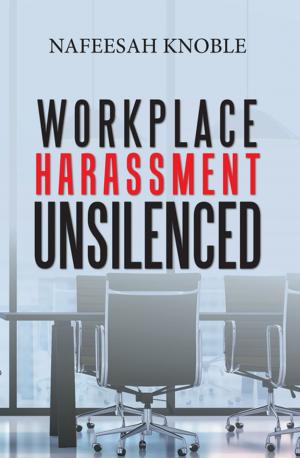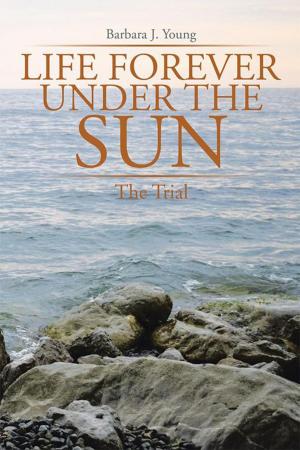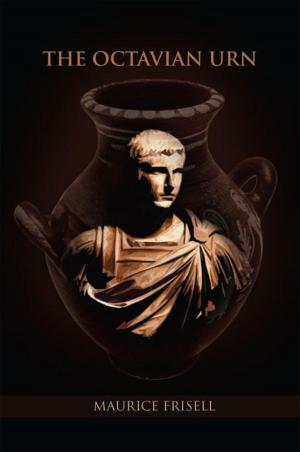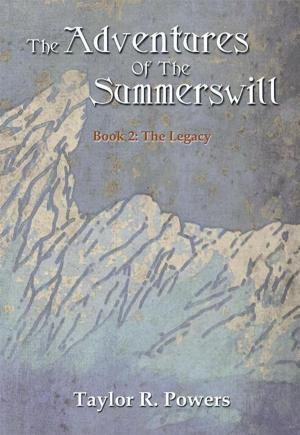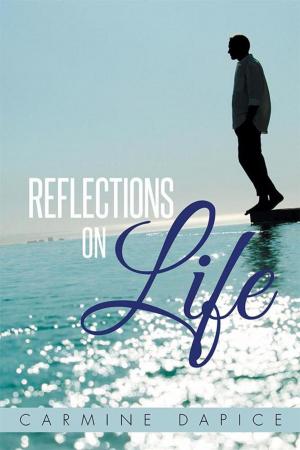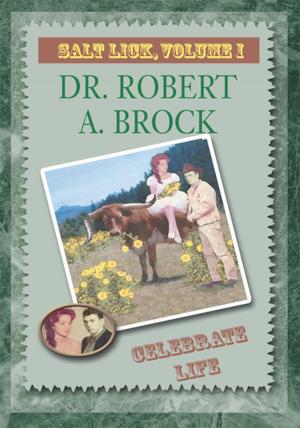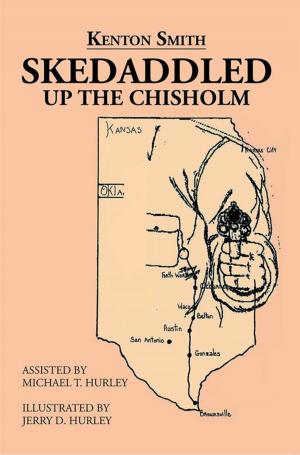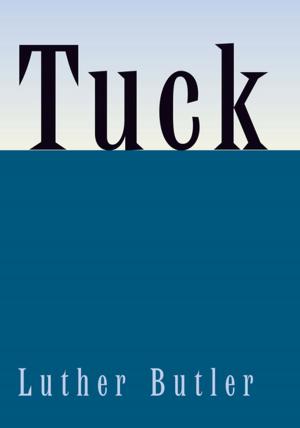| Author: | Thomas E. Morrissey | ISBN: | 9781462832637 |
| Publisher: | Xlibris US | Publication: | October 6, 2009 |
| Imprint: | Xlibris US | Language: | English |
| Author: | Thomas E. Morrissey |
| ISBN: | 9781462832637 |
| Publisher: | Xlibris US |
| Publication: | October 6, 2009 |
| Imprint: | Xlibris US |
| Language: | English |
Donegan and the Panama Canal is a fictionalized, first person story of why and how the United States built a canal in Panama in 1903. This story is a sequel to Mr. Morrisseys previous novel of the Spanish-American War, Donegan and the Splendid Little War. No one had previously written an historical novel of either of these events. The title character of Donegan and the Panama Canal is Patrick Donegan (1875-1958), the son of Irish immigrants to Philadelphia. Donegan belatedly wrote this memoir in 1953, but his grandson Thomas Morrissey did not publish it for another fifty years. Patrick Donegan had previously served on a Spanish merchant ship for two years before its captain stranded him in Santiago de Cuba in 1895. He became a war profiteer during the Cuban revolt against Spain, and wrote propaganda articles for the Cubans before William Randolph Hearst hired him to write for the New York Journal. Donegan and the Splendid Little War relates how Donegan wrote biased pro-Cuban stories for Hearst. He telegrammed a misleading account of the explosion of the American battleship Maine, which ultimately caused the United States to declare war on Spain. He accompanied Theodore Roosevelt and the Rough Riders in their famous charge up San Juan Hill. He published an exclusive, eyewitness account of President McKinleys assassination, but Hearst fired him when Joseph Pulitzer discovered that Donegan had written a short poem that may have inspired McKinleys assassin. Donegan left the field of journalism and secretly became a lobbyist for the Panama Canal. Donegan and the Panama Canal tells the story how Hearst ordered Donegan, a year before he fired him in 1901, to sail around South America and disembark at the west coast of Nicaragua. Hearst, a Nicaraguan Canal partisan, did not know that Donegan had already promised Philippe Bunau-Varilla, a French engineer who had served in Ferdinand de Lesseps earlier ill-fated attempt to build a canal in Panama, that he would support a Panama Canal. Captain Michael Healy piloted the ship that carried Donegan during their long journey through the Strait of Magellan to Central America. Donegan traveled through Nicaragua, and interviewed her president and the American minister. He wrote many negative articles about Nicaragua, and warned the American public that many active and dangerous volcanoes flourished in Nicaragua that could easily destroy any canal built there. Hearst appointed Donegan to cover the Washington political scene when he returned to New York. Donegan accompanied Philippe Bunau-Varilla when this French lobbyist promoted the Panama Canal in many speeches throughout the United States. Bunau-Varilla convinced Senator Mark Hanna, President William McKinleys eminence grise, that the Panama site was preferable to Nicaragua. McKinley remained non-committal about where to build the canal, but Senator John Tyler Morgan of Alabama, the chief Nicaragua advocate, viciously attacked Philippe and Donegans Panama site. After Hearst fired him after President McKinleys assassination, Donegan sailed to France where he met William Nelson Cromwell, the legal representative of the Panama Railroad and the New Panama Canal Company. Donegan agreed to work with Cromwell on the canal question although he personally despised him. Donegan conferred with Bunau-Varilla in France, but they quickly returned to America when they heard that Congress would soon vote on whether the canal should be built in Panama or Nicaragua. All seemed lost when the House of Representatives overwhelmingly supported Nicaragua. Bunau-Varilla influenced the French Canal Company to lower the price for its canal concession, and Donegan influenced President Roosevelt, who previously favored Nicaragua, to support the Panama site. Congress had to make the final decision about the canal site. Senator Morgans Committee on Interoceanic Canals supported the Nicaragua Canal. Morgan and other senators argued that no can
Donegan and the Panama Canal is a fictionalized, first person story of why and how the United States built a canal in Panama in 1903. This story is a sequel to Mr. Morrisseys previous novel of the Spanish-American War, Donegan and the Splendid Little War. No one had previously written an historical novel of either of these events. The title character of Donegan and the Panama Canal is Patrick Donegan (1875-1958), the son of Irish immigrants to Philadelphia. Donegan belatedly wrote this memoir in 1953, but his grandson Thomas Morrissey did not publish it for another fifty years. Patrick Donegan had previously served on a Spanish merchant ship for two years before its captain stranded him in Santiago de Cuba in 1895. He became a war profiteer during the Cuban revolt against Spain, and wrote propaganda articles for the Cubans before William Randolph Hearst hired him to write for the New York Journal. Donegan and the Splendid Little War relates how Donegan wrote biased pro-Cuban stories for Hearst. He telegrammed a misleading account of the explosion of the American battleship Maine, which ultimately caused the United States to declare war on Spain. He accompanied Theodore Roosevelt and the Rough Riders in their famous charge up San Juan Hill. He published an exclusive, eyewitness account of President McKinleys assassination, but Hearst fired him when Joseph Pulitzer discovered that Donegan had written a short poem that may have inspired McKinleys assassin. Donegan left the field of journalism and secretly became a lobbyist for the Panama Canal. Donegan and the Panama Canal tells the story how Hearst ordered Donegan, a year before he fired him in 1901, to sail around South America and disembark at the west coast of Nicaragua. Hearst, a Nicaraguan Canal partisan, did not know that Donegan had already promised Philippe Bunau-Varilla, a French engineer who had served in Ferdinand de Lesseps earlier ill-fated attempt to build a canal in Panama, that he would support a Panama Canal. Captain Michael Healy piloted the ship that carried Donegan during their long journey through the Strait of Magellan to Central America. Donegan traveled through Nicaragua, and interviewed her president and the American minister. He wrote many negative articles about Nicaragua, and warned the American public that many active and dangerous volcanoes flourished in Nicaragua that could easily destroy any canal built there. Hearst appointed Donegan to cover the Washington political scene when he returned to New York. Donegan accompanied Philippe Bunau-Varilla when this French lobbyist promoted the Panama Canal in many speeches throughout the United States. Bunau-Varilla convinced Senator Mark Hanna, President William McKinleys eminence grise, that the Panama site was preferable to Nicaragua. McKinley remained non-committal about where to build the canal, but Senator John Tyler Morgan of Alabama, the chief Nicaragua advocate, viciously attacked Philippe and Donegans Panama site. After Hearst fired him after President McKinleys assassination, Donegan sailed to France where he met William Nelson Cromwell, the legal representative of the Panama Railroad and the New Panama Canal Company. Donegan agreed to work with Cromwell on the canal question although he personally despised him. Donegan conferred with Bunau-Varilla in France, but they quickly returned to America when they heard that Congress would soon vote on whether the canal should be built in Panama or Nicaragua. All seemed lost when the House of Representatives overwhelmingly supported Nicaragua. Bunau-Varilla influenced the French Canal Company to lower the price for its canal concession, and Donegan influenced President Roosevelt, who previously favored Nicaragua, to support the Panama site. Congress had to make the final decision about the canal site. Senator Morgans Committee on Interoceanic Canals supported the Nicaragua Canal. Morgan and other senators argued that no can

